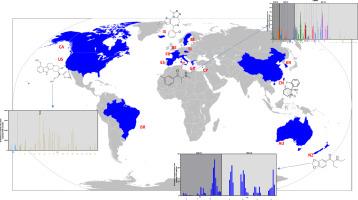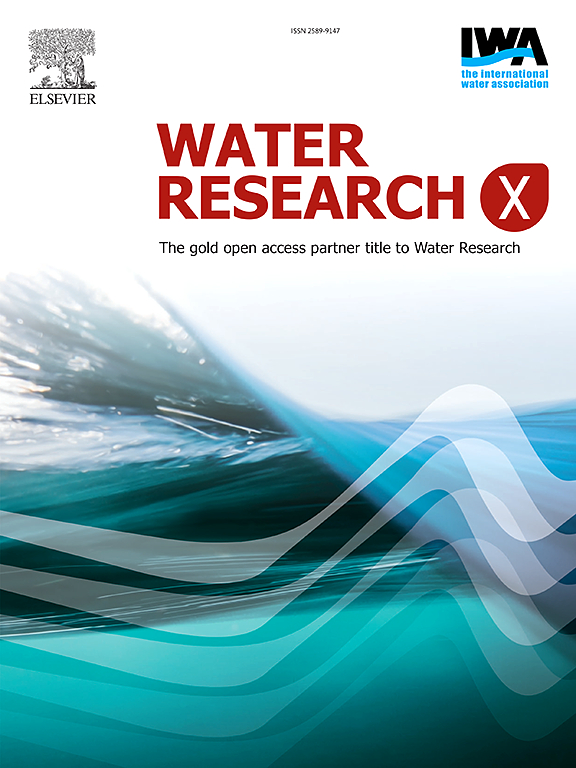Three years of wastewater surveillance for new psychoactive substances from 16 countries
Abstract
The proliferation of new psychoactive substances (NPS) over recent years has made their surveillance complex. The analysis of raw municipal influent wastewater can allow a broader insight into community consumption patterns of NPS. This study examines data from an international wastewater surveillance program that collected and analysed influent wastewater samples from up to 47 sites in 16 countries between 2019 and 2022. Influent wastewater samples were collected over the New Year period and analysed using validated liquid chromatography – mass spectrometry methods. Over the three years, a total of 18 NPS were found in at least one site. Synthetic cathinones were the most found class followed by phenethylamines and designer benzodiazepines. Furthermore, two ketamine analogues, one plant based NPS (mitragynine) and methiopropamine were also quantified across the three years. This work demonstrates that NPS are used across different continents and countries with the use of some more evident in particular regions. For example, mitragynine has highest mass loads in sites in the United States, while eutylone and 3-methylmethcathinone increased considerably in New Zealand and in several European countries, respectively. Moreover, 2F-deschloroketamine, an analogue of ketamine, has emerged more recently and could be quantified in several sites, including one in China, where it is considered as one of the drugs of most concern. Finally, some NPS were detected in specific regions during the initial sampling campaigns and spread to additional sites by the third campaign. Hence, wastewater surveillance can provide an insight into temporal and spatial trends of NPS use.


 求助内容:
求助内容: 应助结果提醒方式:
应助结果提醒方式:


